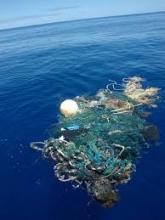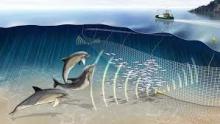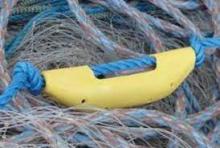Safe handling & release
Safe handling and release refers to using best practice methods for dealing with bycatch species, to maximise their chances of survival after interacting with fishing gear. It can also include vessel manoeuvring to avoid taking bycatch species, for example, avoiding setting purse seines on whale sharks. Illustrated Guides and more general literature have been collected in the BMIS.


